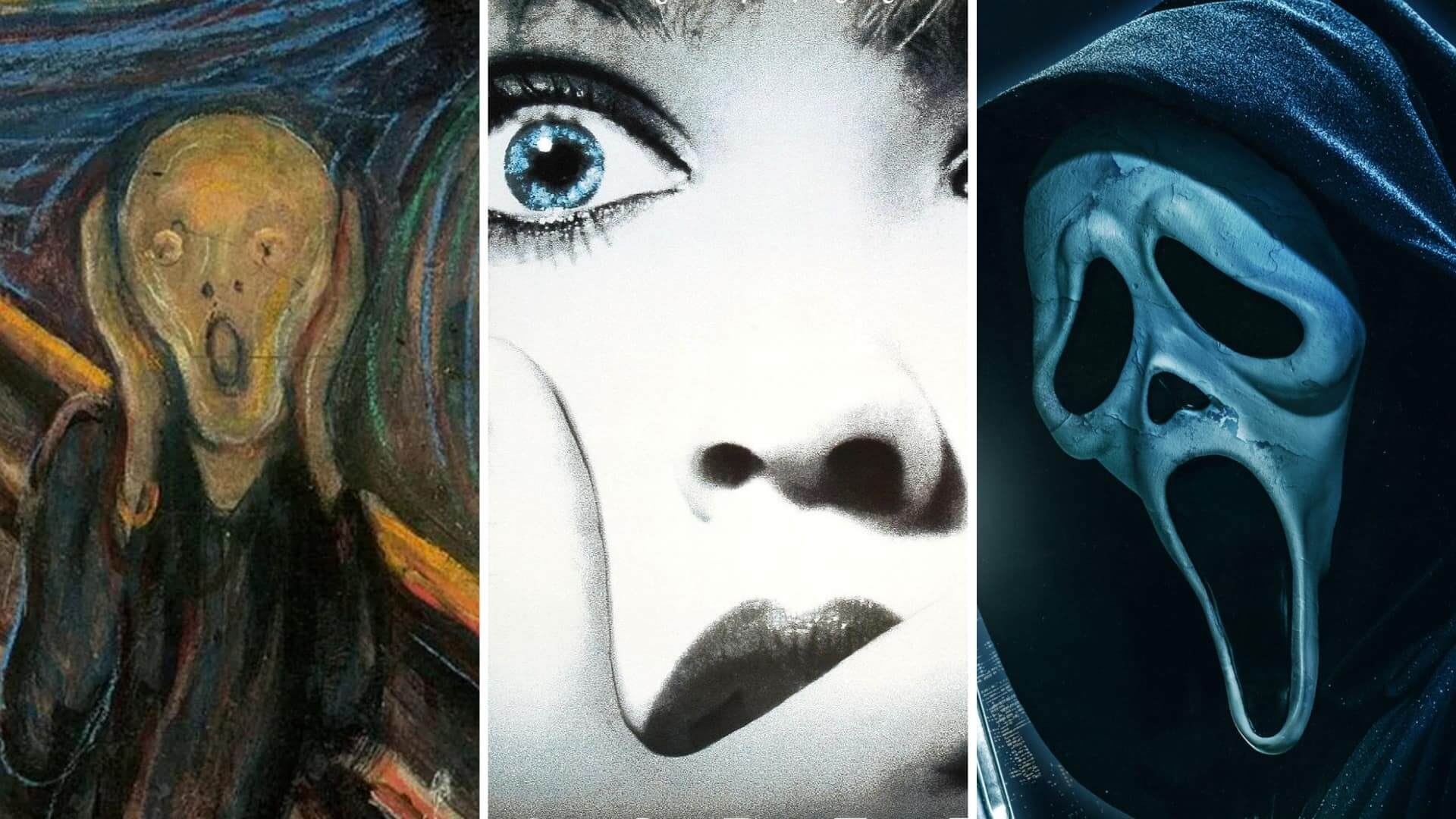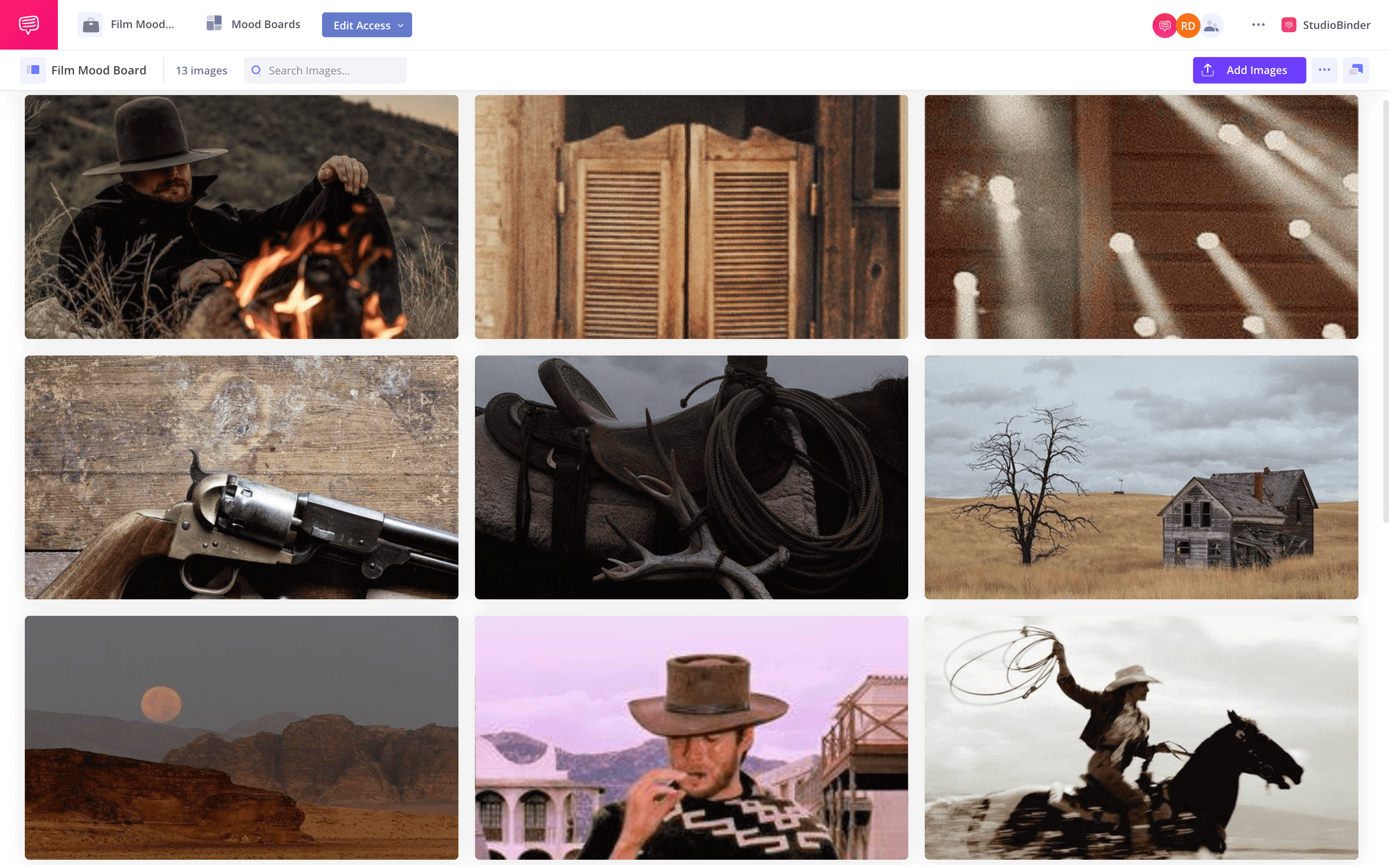Whether you’re on the hunt for visual inspiration or trying to communicate a cohesive aesthetic vision to your team, creating a film mood board is a great place to start. Creating one involves more than just collecting pretty pictures — it’s about understanding how light, color, texture, and other elements come together to create the mood of your film. Let’s dive in and explore the basics of creating an inspiring film mood board.
Mood Board Film Tutorial
Gather inspirational materials
The first step in creating a mood board for film is gathering materials. Get creative with what you choose — anything from photos you take yourself, stills from your favorite films, inspiring photography, paintings and any other materials that can have an impact on your final product.
Keep an eye out for color schemes, shapes and textures that stand out to you as particularly evocative of the world you want to create with your film. Let’s look at some key components to consider when creating your own film mood board.
Creating a Mood Board for Film
Generate characters
Characterization is the process of creating a unique and memorable character for a film, and it is an integral part of storytelling. If you have specific aesthetics for a character in mind, especially a protagonist or antagonist, be sure to include this in your mood board.
Various aspects of character design such as wardrobe, color palettes, and physical traits can all be included in the characters section of your mood board.
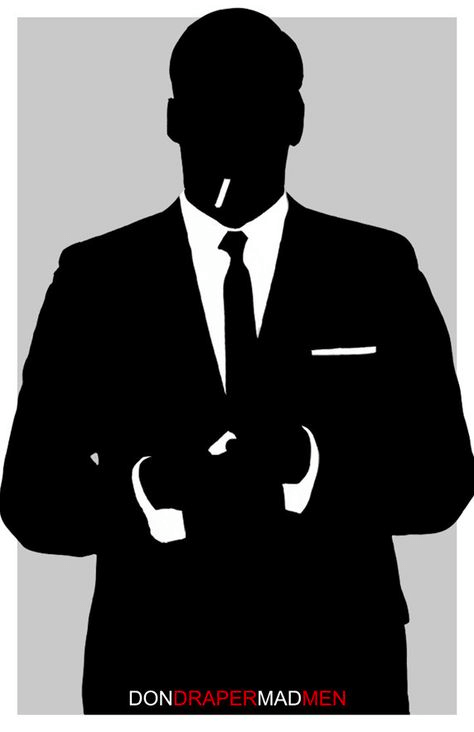
Don Draper Mad Men character design • Mood board film
How characters look is especially important for stories like period pieces or science fiction films where this directly affects wardrobe. Including visual details in your movie mood board will help paint a more vivid picture of the characters, for you and your film crew.
How to Make a Film Mood Board
Build a world
Another important aspect of a film is the film’s world. Whether you’re creating a period piece, a fantasy world, or a modern world, various set design components can contribute to that world-building. It’s important to try to visually show what you envision for the world of the story in your film mood board project.
This can be big set pieces such as the ship on one of James Cameron’s best films Titanic or it could be a city such as Tokyo in Lost in Translation.
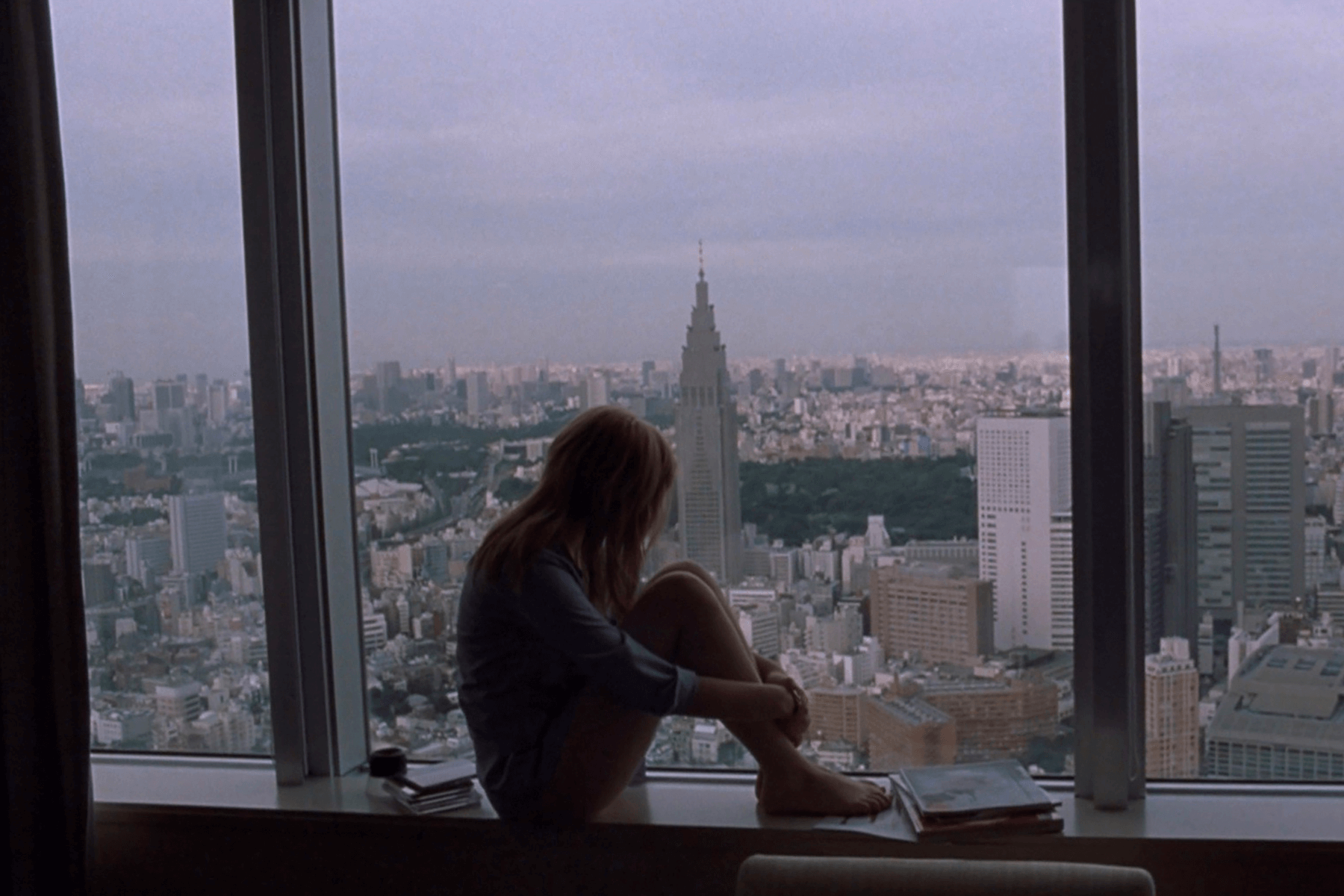
Lost in Translation • Mood board film
Set design is essential in filmmaking because it brings the world of the movie to life and adds a level of believability. It adds an extra layer of immersion for viewers, allowing them to feel as though they are actually in the movie itself.
Set design also helps establish a tone and mood for a film, which further communicates the director’s artistic vision. Defining the film’s set design is directly correlated to painting a picture of the world of the film. A film mood board is the perfect place to do this.
Related Posts
Mood Board for Film Guide
Consider cinematography
Lighting and cinematography are essential elements of a film's success. Lighting has the power to create atmosphere, evoke emotions, and set the mood for a scene. Careful use of light can direct the viewer’s attention to certain characters or objects while also emphasizing important plot points.
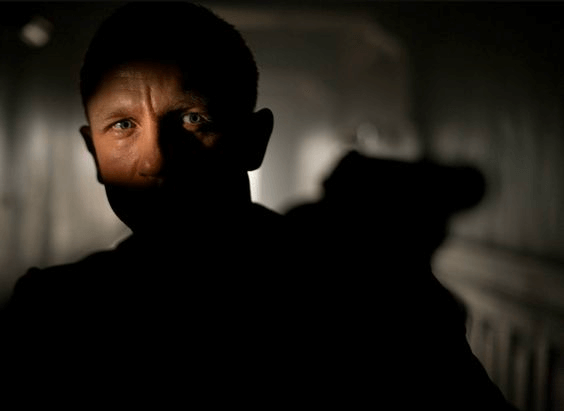
Skyfall • Mood board for film
Using harsh light, soft light, natural golden light, or artificial lighting can deeply affect how a film looks and feels. Lighting, however, is only one aspect of cinematography.
Cinematography involves the use of several aesthetic elements such as lighting, camera angles, lenses, color palettes and composition.
While lighting helps to convey a certain mood or atmosphere for the scene, camera angles can be used to reinforce story points. Specific lenses can create interesting visual effects, color palettes can evoke certain emotions, and composition can help to draw attention to a certain part of the frame.
By skillfully combining these elements, cinematographers are able to create visually stunning and aesthetically pleasing images.
In your movie mood board include any specific cinematography aesthetics, lighting styles, and compositions that best show your cinematic vision.
Related Posts
How to make a Film Mood Board
Choose a color palette
A carefully chosen color palette is essential to creating a cohesive, visually engaging look for your film. Colors can be used to create moods and evoke certain emotions, whether it be fear or nostalgia.
You can also use effects such as desaturation or overexposure to make a scene feel more suspenseful or surreal. Using color palettes in your mood board can help show what feelings and tone you want to create.
Color Theory in Film • Subscribe on YouTube
Color can be used to convey emotions and invoke certain feelings in viewers. For example, a bright and saturated palette may evoke happiness, while muted hues may signify sadness. Additionally, color can also be used to differentiate between characters or locations.
Establishing a specific color palette for each element in a film helps create an overall sense of consistency and coherency throughout the movie.
Color palettes can be achieved practically using specific colors in wardrobe and set design. Color grading can also be a tool used to accentuate a certain color palette. If either or both are important to your film vision, include examples of both in your film mood board.
How to Make a Film Mood Board
Assemble the mood board
Once you have all of the visual materials for your film mood board it’s time to assemble it. To create our own film mood board example, we used StudioBinder’s mood board app. Check it out in the image link below.
Mood Board Film Creator • Example
Arrange these elements in a neat way to create a unique visual composition — think about the layout of the images on the page or how each image relates to one another. Finally, add annotations or notes for yourself about why you chose each element for the mood board so you don’t forget why it was included.
A film mood board are used to visually organize ideas and create a cohesive aesthetic for a film. They can help filmmakers plan out their scene composition, art direction, props and more, in one organized medium.
By gathering visual reference material, such as photos, quotes or any other visuals that express the tone of your story and evoke the emotions you want the audience to feel, mood boards allow you to see the overall look of your film before you start shooting. Furthermore, they serve as a great reference point when creating storyboards or even during the filming process itself.
Create mood boards with a template
If you’re looking for more free mood board templates look no further.
No matter what creative project you're working on, we have mood board templates for photography, film, branded content, and more. See the entire collection in our template library where you'll also find templates for shot lists, storyboards, and AV scripts.
Related Posts
Up Next
Making a Photography Mood Board
A huge source of inspiration for a film mood board can be photography. Be sure to check out our next article to learn more about photography mood boards and what components may carry over into your film mood board.
Up Next: Photo Boards →
Showcase your vision with elegant shot lists and storyboards.
Create robust and customizable shot lists. Upload images to make storyboards and slideshows.
